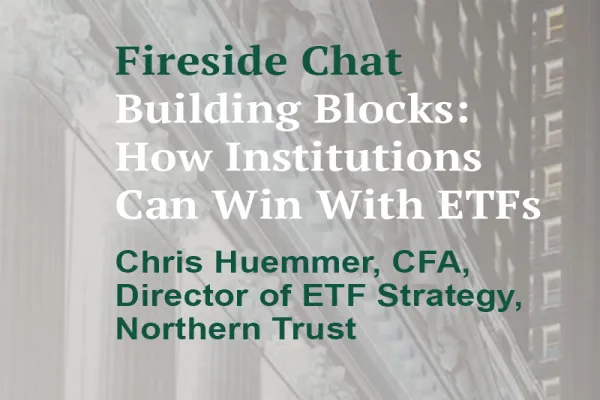THE U.S. WIND AND SOLAR ENERGY sectors have begun to shake off their niche status. Propelled by federal tax credits and loan guarantee programs, they added 22 and 2.7 gigawatts of power, respectively, from 2009 to 2011 — 36 percent of total new capacity. But the expiry of some crucial incentives threatens further growth.
Both industries want new investment vehicles that don’t rely on tax credits to deliver yield. In response, wind energy proponents are lobbying the U.S. government to allow master limited partnerships, and banks and investment firms are pitching real estate investment trusts and C corporations for renewables.
All of these schemes plan to tap retail investors — the holy grail, according to Andrew Ratts, a Chicago-based renewables tax partner at law firm Winston & Strawn. Retail investors expect 6 percent returns, a blessing for project sponsors used to private equity firms demanding 15 to 20 percent. They’re hungry, too. With Treasury yields so low, “everyone is looking for a place to hide out,” says Daniel Brown, vice president, utilities, power and renewable energy at KeyBanc Capital Markets in Cleveland. He and Keybanc’s Andrew Redinger, head of the group that includes Brown, have promoted REITs as equity vehicles and marketed C corporations to renewable-energy sponsors.
MLPs are especially attractive for wind and solar projects. For starters, they aren’t taxed. Individuals and IRA accounts can invest in them through stock exchanges, and they offer a roughly 6 percent cost of capital. “MLPs have the potential to reduce our cost of capital by a few percentage points,” says Paul Holshouser, finance policy manager at the American Wind Energy Association in Washington. For now, though, they’re limited to oil and gas and a few other sectors. A bill before the U.S. Senate would open MLPs to renewables, but with comprehensive tax reform looming, Congress appears more likely to close such loopholes than add them.
Real estate investment trusts are taxed as corporations but get a deduction for dividends paid. Multiple renewables REITs plan to seek federal approval, a strategy with precedent. In 2007 the Internal Revenue Service let a REIT managed by Dallas-based Sharyland Utilities own a transmission project as long as it distributed at least 90 percent of taxable income to investors after servicing its debt.
“It’s easier to get a REIT through the IRS versus getting MLPs through Congress,” says Shane Spencer, founder of Kansas City–based Green REIT, who is readying an IRS filing. Spencer plans to invest in wind, solar and geothermal projects. He launched Green REIT in late 2011 with some $100 million from private equity firms.
C corporations for renewables need no legislative or regulatory approval, and those that own generation assets can avoid tax for several years. C corporations would cobble together stakes in projects backed by long-term contracts with investment-grade utilities, KeyBanc’s Brown and Redinger say. Three could soon launch on North American exchanges; their initial public offerings would probably be at least $200 million each. “You need to go public with a big enough stock offering to have enough float,” says Bill Hilliard, managing partner of CleanREIT Partners in San Francisco. An early-stage REIT, CleanREIT is sourcing equity from portfolios of renewables projects before an expected IPO in 2013.
There are other challenges. REITs, for example, may struggle to absorb tax credits if they ultimately are allowed to claim them. But investors like Green REIT’s Spencer prefer to unshackle wind and solar from dwindling subsidies anyway. “I wanted to create a structure that doesn’t depend on tax credits or incentive programs to function,” Spencer says. “That business model isn’t sustainable.”






